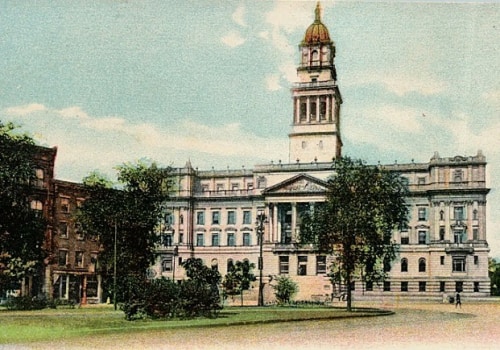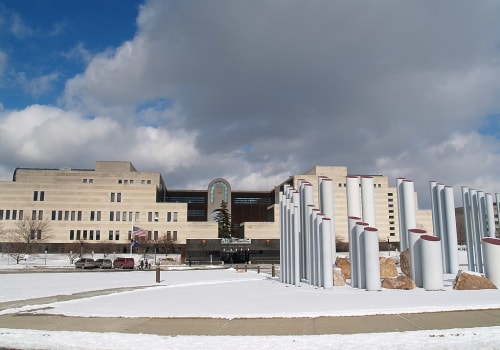As an expert in the field of urban development and heritage preservation, I have seen firsthand the effects of urbanization on the heritage of Wayne County, Michigan. Located in the heart of the Great Lakes region, Wayne County is home to a rich and diverse history that has been shaped by its urban landscape.
The History of Wayne County
Wayne County was established in 1796 and named after General Anthony Wayne, a Revolutionary War hero. The county's early economy was primarily based on agriculture and trade, with Detroit serving as a major hub for shipping and commerce. However, with the rise of the automobile industry in the early 20th century, Wayne County experienced rapid growth and urbanization. During this time, many historic buildings and landmarks were demolished to make way for new developments.The city of Detroit became known as the "Motor City" and was at the forefront of industrialization and urbanization. As a result, the heritage of Wayne County began to be overshadowed by modernization and development.
The Impact of Urbanization on Heritage
Urbanization refers to the process of population growth and migration from rural areas to cities. This phenomenon has had a significant impact on the heritage of Wayne County. As more people moved into urban areas, there was a greater demand for housing, transportation, and other infrastructure.This led to the destruction of many historic buildings and landmarks in order to make room for new developments. One example of this is the demolition of Tiger Stadium, the former home of the Detroit Tigers baseball team. Despite efforts from preservationists to save the stadium, it was torn down in 2009 to make way for new development. This sparked controversy and debate about the importance of preserving historic buildings and landmarks in the face of urbanization. Another consequence of urbanization is the loss of cultural heritage. As cities become more modernized, traditional customs and practices are often forgotten or abandoned.
This is especially true for immigrant communities, who may struggle to maintain their cultural identity in a rapidly changing urban environment.
The Role of Development in Heritage Preservation
While urbanization has had a negative impact on the heritage of Wayne County, development can also play a positive role in heritage preservation. In recent years, there has been a growing awareness of the importance of preserving historic buildings and landmarks. This has led to the revitalization of many neighborhoods and the restoration of historic structures.One example of this is the renovation of the historic Guardian Building in downtown Detroit. Built in 1929, this Art Deco skyscraper was once the tallest building in Michigan.However, it fell into disrepair in the 1980s and was at risk of being demolished. Thanks to a restoration project in the 1990s, the Guardian Building has been restored to its former glory and is now a popular tourist attraction. Another example is the ongoing restoration of Belle Isle Park, a 982-acre island park located in the Detroit River. The park was designed by renowned landscape architect Frederick Law Olmsted and features historic buildings, gardens, and natural areas. In recent years, there have been efforts to restore and preserve these historic elements while also making improvements to the park for modern use.
The Importance of Heritage Preservation
Preserving the heritage of Wayne County is not just about maintaining old buildings and landmarks.It is also about honoring and celebrating the diverse cultures and communities that have shaped the county's history. By preserving our heritage, we are able to connect with our past and gain a better understanding of who we are as a community. Heritage preservation also has economic benefits.
Historic buildings
and landmarks can attract tourists and contribute to the local economy. They also add character and charm to a city, making it a more desirable place to live and work.The Future of Heritage in Wayne County
As Wayne County continues to grow and develop, it is important to strike a balance between progress and preservation.While urbanization is inevitable, it is crucial that we make an effort to protect and celebrate our heritage. This can be achieved through initiatives such as adaptive reuse, where historic buildings are repurposed for modern use, and community engagement in heritage preservation efforts. In conclusion, the heritage of Wayne County, Michigan has been greatly affected by urbanization and development. While there have been losses along the way, there is also hope for the future as we work towards preserving our rich history for generations to come.









